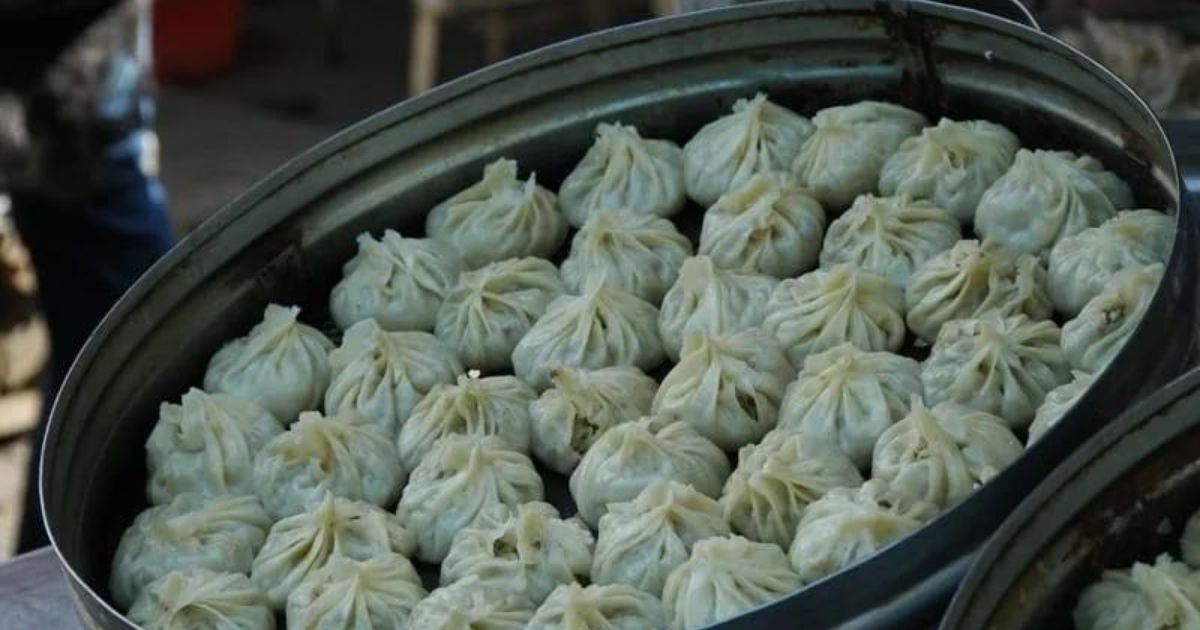Hey there! Let's talk about food! There are two types of food in the world, my friend. The first is international food. Think about dishes like burgers, pizza, croissants, or even curry. These delicious eats originated from historically and culturally significant places and traveled across the world following the emigrants of those regions. And who needs borders when it comes to tasty food, am I right?
But then there are the dishes that stayed traditional and local and did not travel the world as much as the first ones. There are many reasons for this, like the locals not traveling far enough to bring their culinary traditions to the places they went or these specific foods needing particular ingredients or techniques that were only found in the place of their origin.
But let's talk about a dish that's somewhere in the middle of these two categories: Samsa Pies! These pies are cooked in specific ways, with unique ingredients and precise techniques that are traditional to their place of birth. They're a mix of local and international cuisine, and they have a fascinating history.
The word "Samsa" comes from the ancient Persian word "sanbosag," which means "lovely triangle," referring to the shape these pastries used to have. Like many other traditional dishes, although originally from a particular area, Samsa Pies spread along the Silk Road to Central Asia and India.
The Silk Road was an ancient road that linked China to the Western world. The 4000-mile-long trading route was used by traders to transport silks, gold, silver, and spices from one side of the world to the other. Following the Great Wall of China, it went across Afghanistan to the ports where trading ships had access. Samsa Pies have a culturally rich origin, and their journey was also one of important history.
Samsa Pies are diverse and tasty. Although they were initially filled with fruits, honey, and nuts, diced meat and vegetables were eventually added into the mix. The recipe was quickly adopted by shepherds, farmers, and soldiers who needed meals that could be easily packed, with lots of calories, which could last for days. The Samsa Pies were perfect for their needs! Beef or mutton became the go-to fillings, depending on the herds in the area. Traditionally, they were (and in some places still are) baked in special ovens called tandyr, which are large clay ovens in a cylindrical form that use wood for heating. The shape and the smoke from the fire contribute to the unique flavor of the pies.
Nowadays, you can find Samsa Pies in many places. They are a popular food on the streets of Central Asian countries. Vendors line their carts and wait for hungry tourists and workers to pick up their pastries. From Uzbekistan and Tajikistan to Kazakhstan, people enjoy hot and crunchy pastries in different ways. Some vendors even offer a red sauce for dipping the pies. They are delicious, and natives and tourists alike can have them for breakfast, lunch, or dinner!
Samsa Pies are more than just a dish. They come from a place and time when people were not living such easy lives as we live today. But the importance of a hot and tasty meal went beyond livelihood protection — it was an experience. Cooking Samsa Pies around the tandyr oven brought people together. Sharing a meal, stories, and life lessons while eating the hot pockets made them even tastier. Adapting the recipe to the local ingredients made Samsa Pies famous across the Middle East and then worldwide!
Now, if you want to make your own Samsa Pies, it might be more challenging than you think. The secret to the special dough used for the pastry




Leave a comment
This site is protected by hCaptcha and the hCaptcha Privacy Policy and Terms of Service apply.